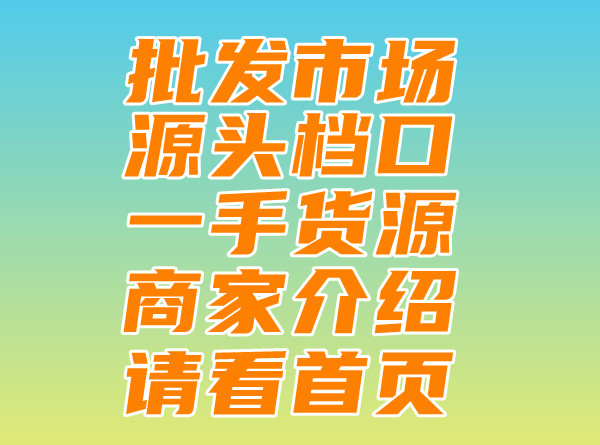Luxury Goods Replicas: 1:1 Reproduction Supply Source
Luxury Goods Replicas: 1:1 Reproduction Supply Source,
Luxury Goods Replication: The Origin of One-to-One Reproduction
In the realm of high-end fashion and luxury goods, the concept of one-to-one replication has gained significant attention. This practice involves meticulously reproducing authentic luxury items to offer consumers an alternative at a more affordable price point. However, the source of such replicated goods remains a mysterious aspect for many. In this article, we delve into the origins and implications of one-to-one replication in the luxury industry.
The Origin of Luxury Replicas
The origins of one-to-one replicated luxury goods can be traced back to the demand-supply gap in the luxury market. As the appetite for premium quality items grew, but the accessibility and affordability remained limited, replica manufacturers stepped in to fill this void. By carefully studying the designs and specifications of original luxury goods, they were able to replicate them with precision. These replicas offered a close approximation of the original quality and aesthetics, catering to a wide consumer base seeking affordable luxury.
The supply chain for these replicated goods is intricate and often complex. It starts with designers who monitor the latest trends in luxury goods and then passes through skilled craftsmen who replicate the designs using high-quality materials. This process involves meticulous attention to detail, ensuring that every aspect of the replicated item matches its original counterpart. The final product is then offered to consumers at a significantly lower price point.
However, it's important to note that while these replicas offer an affordable alternative, they also come with their own set of challenges. Consumers need to be cautious when purchasing replicated goods as the quality may vary significantly. Moreover, the ethical implications of buying replicas also need to be considered. Supporting the replica industry may hurt the original designers and manufacturers who put in significant effort and time into creating their designs.
Moreover, for businesses involved in replica production, staying ahead of the curve is crucial. With the evolution of technology and advancements in manufacturing processes, replica manufacturers need to keep up with the latest trends and innovations in the luxury industry to offer authentic-looking replicas that meet consumer demands.
Conclusion
One-to-one replication in the luxury goods industry offers an alternative to consumers seeking affordable luxury. However, it's important to understand its origins, challenges, and implications. As consumers, we need to make responsible choices, while businesses need to stay updated with industry trends and maintain high standards in production.
Overall, one-to-one replication remains a complex topic that continues to evolve with changing consumer preferences and industry dynamics.

- "Guangzhou Emoticon Replication Training" 这个标题简洁明了,准确地涵盖了关键词“广州复刻表情包培训”,并且符合英文标题的写作规范。
- "Recreating the Nayuki Durians Delightful Bites"
- Premium Shoe & Bag Reproduction Manufacturers
- Differences between Replica Bags and Authentic Bags: Quality, Origin & Value.
- Title: The meaning of "复刻包" - Understanding the Revival of Bags 这个标题围绕着“复刻什么意思包”这一主题展开,简洁明了地表达了关于复刻包的理解与复兴的含义。
- "LV Authentic Bags vs. Replicas: A Comparative Analysis"
- New Ancestor Emoji Replicas: Embracing the Trend of Emoticons Revival
- Vintage Bags and Guangzhou Replication: A Closer Look.


